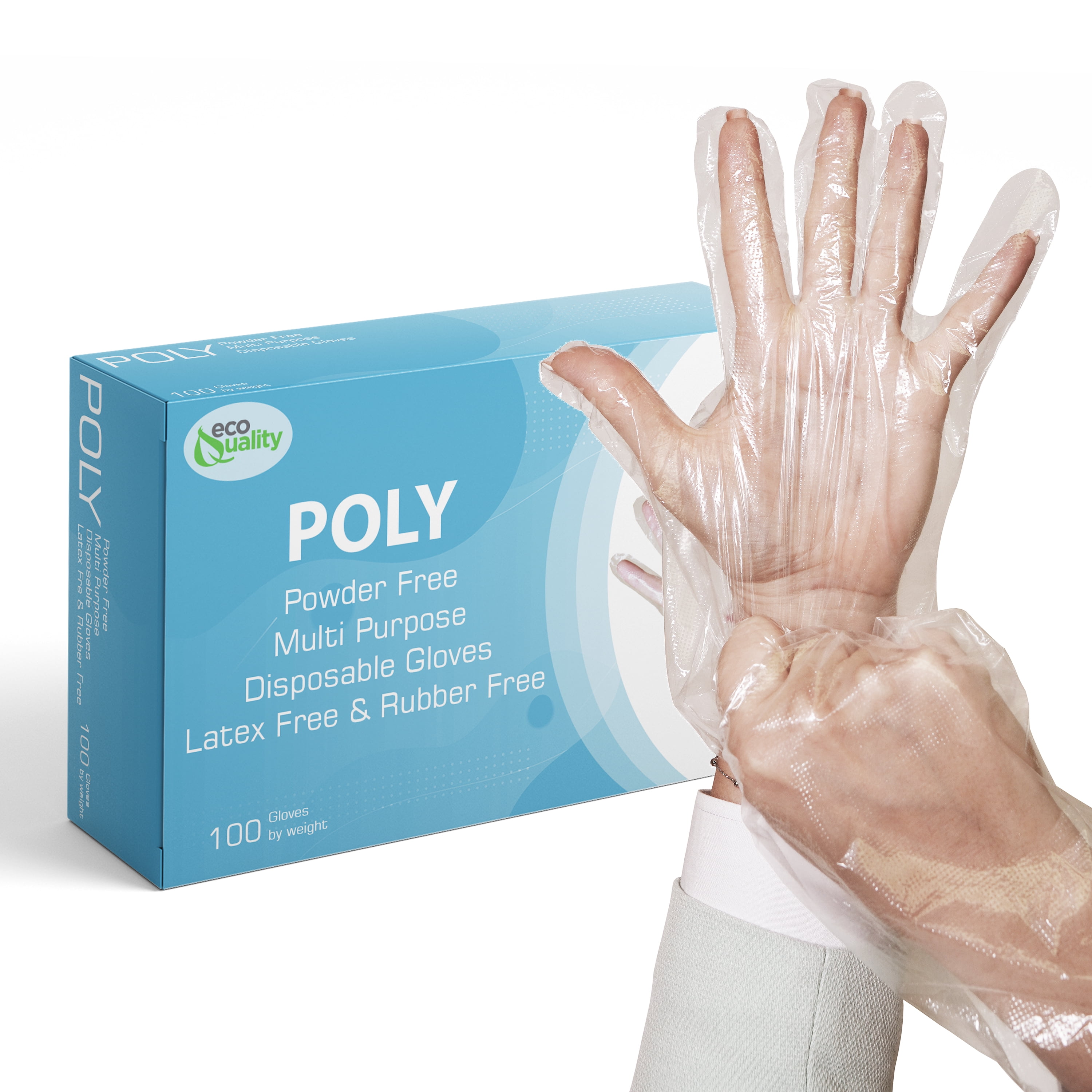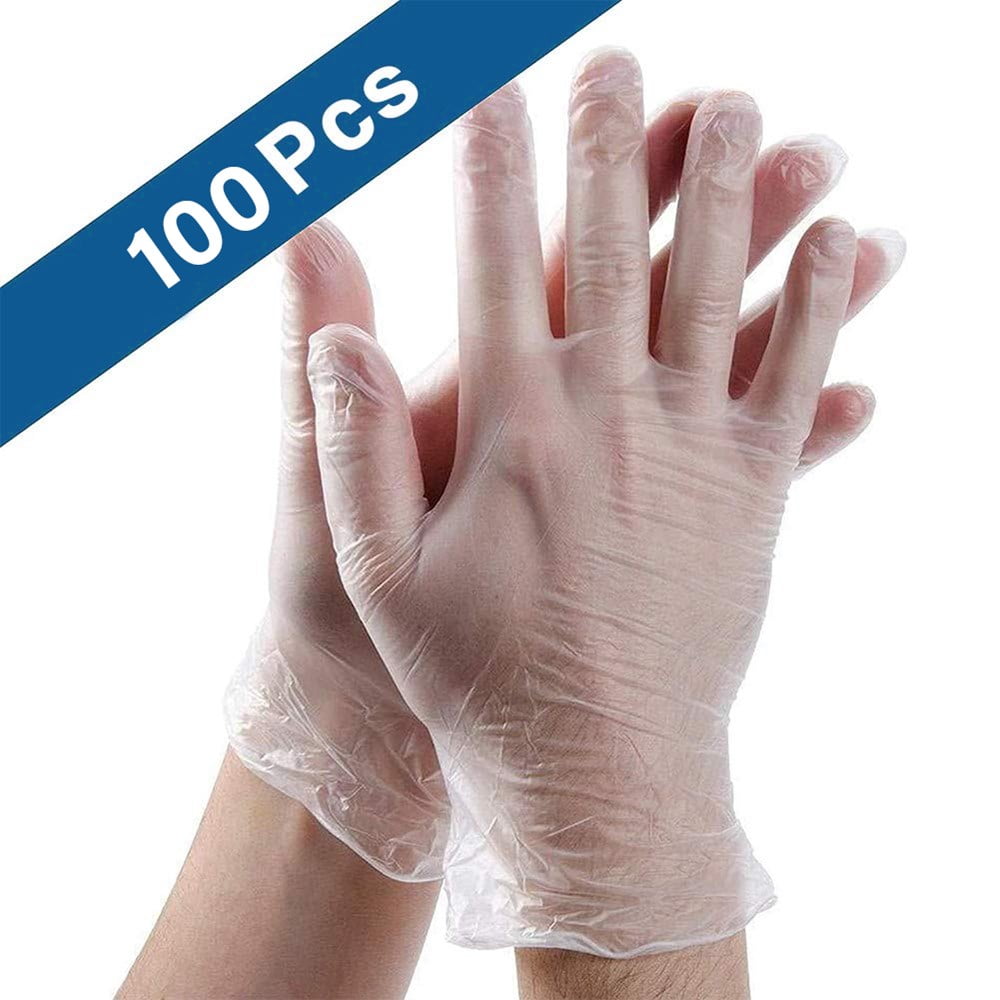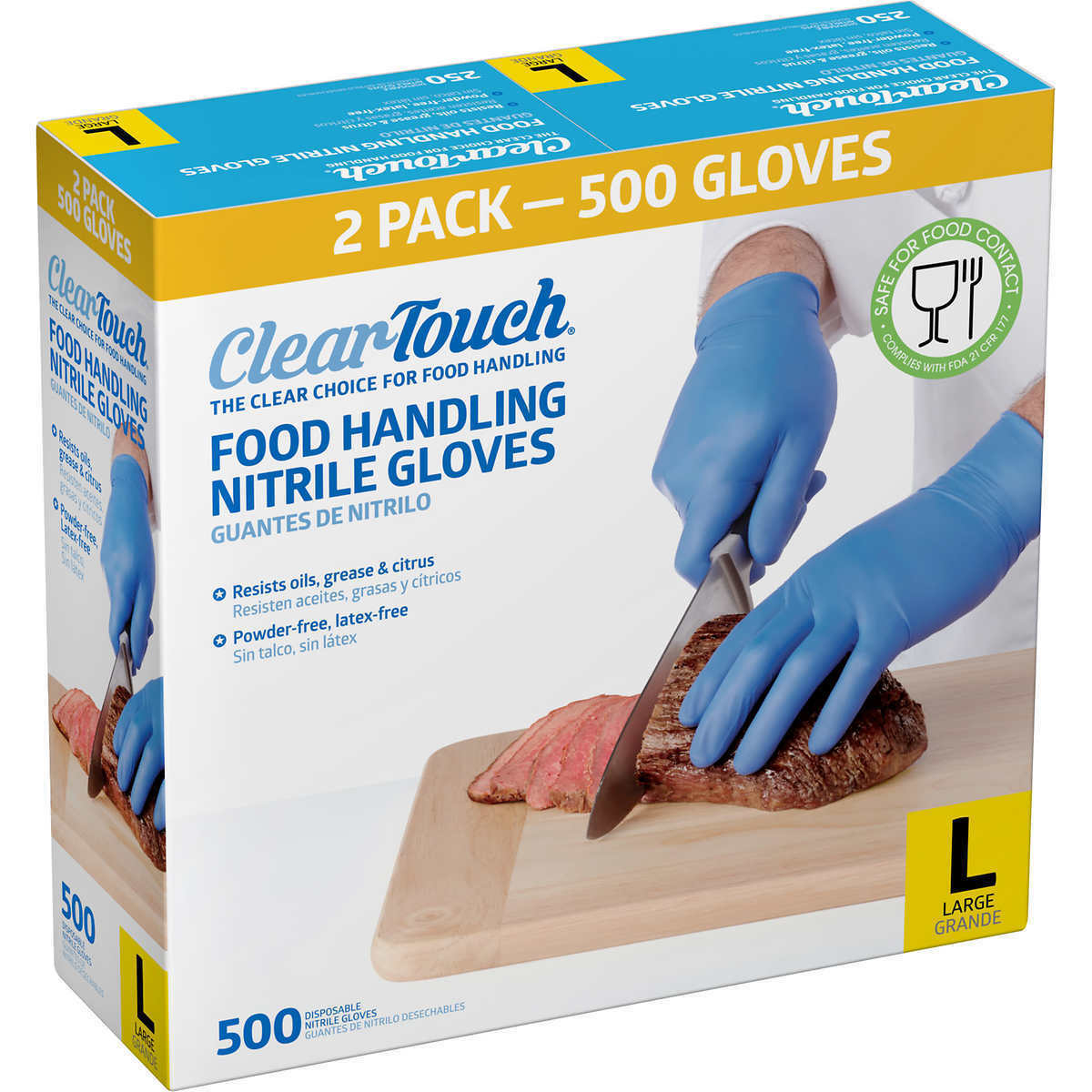Gloves for food handling play a pivotal role in ensuring the safety and hygiene of food. They form a crucial barrier between food and potential contaminants, preventing cross-contamination and safeguarding both the food and the health of consumers.
From various materials and designs to compliance regulations and proper usage, this comprehensive guide delves into the essential aspects of gloves for food handling, empowering you with the knowledge to make informed choices and maintain the highest standards of food safety.
Materials and Design

Gloves designed for food handling are made from various materials, each possessing distinct properties that cater to specific needs in the food industry.
One of the most commonly used materials for food handling gloves is nitrile. Nitrile gloves are known for their exceptional durability, resistance to punctures and tears, and protection against chemicals and oils. They are a popular choice in environments where sharp objects or harsh chemicals are present, such as commercial kitchens and food processing facilities.
Ambidextrous Gloves
Ambidextrous gloves are designed to fit either hand, providing versatility and convenience. They are often used in fast-paced environments where quick glove changes are necessary, such as in food preparation and packaging.
Single-Use Gloves
Single-use gloves are intended for one-time use and are typically made from thinner materials like polyethylene or vinyl. They are cost-effective and provide a hygienic solution for tasks that require frequent glove changes, such as handling ready-to-eat foods.
Reusable Gloves
Reusable gloves are made from more durable materials like nitrile or latex and can be washed and reused multiple times. They are a more sustainable option compared to single-use gloves but may require additional cleaning and maintenance.
Protection and Hygiene

Gloves play a crucial role in ensuring food safety and hygiene during food handling. They serve as a protective barrier, preventing contamination and cross-contamination, as well as safeguarding the wearer’s hands from potential hazards.
Prevention of Contamination and Cross-Contamination
Gloves act as a physical barrier between the hands and food, preventing the transfer of microorganisms, chemicals, or other contaminants to the food. By wearing gloves, food handlers can minimize the risk of introducing pathogens or harmful substances into the food, ensuring its safety for consumption.
Furthermore, gloves help prevent cross-contamination, which occurs when microorganisms or contaminants are transferred from one food item to another. By changing gloves when handling different foods or surfaces, food handlers can prevent the spread of bacteria, viruses, or allergens, maintaining the integrity and safety of the food.
Protection of Wearer’s Hands
In addition to protecting food, gloves also safeguard the wearer’s hands from potential hazards associated with food handling. Some food items may contain chemicals, such as acids or detergents, that can cause irritation or chemical burns if they come into direct contact with the skin.
Moreover, gloves provide thermal protection, preventing burns or scalds when handling hot food or equipment. They also offer protection from sharp objects, such as knives or graters, reducing the risk of cuts or injuries.
Compliance and Regulations
Navigating the food handling industry necessitates adherence to a stringent set of regulations and standards. These guidelines ensure the safety and hygiene of food products, protecting consumers from potential hazards. Food handling gloves play a crucial role in maintaining compliance, as they serve as a barrier between the handler and the food.
When selecting gloves for food handling, it is paramount to choose products that meet specific compliance requirements. These requirements vary depending on the industry, region, and specific application. Failure to comply with regulations can result in legal consequences, reputational damage, and, most importantly, compromised food safety.
Industry Standards
- FDA Food Code:The FDA Food Code provides comprehensive guidelines for food safety in the United States. It Artikels specific requirements for food handling gloves, including materials, construction, and usage.
- ISO 22000:ISO 22000 is an international standard for food safety management systems. It includes requirements for the selection and use of food handling gloves as part of a comprehensive food safety program.
- HACCP:Hazard Analysis and Critical Control Points (HACCP) is a systematic approach to identifying and controlling food safety hazards. Gloves are considered a critical control point in HACCP plans, and their selection and use must be carefully evaluated.
Selection and Use

Selecting and using the appropriate food handling gloves is crucial to maintain hygiene and protect both the food and the user. Here’s a guide to help you make informed choices:
Types of Gloves
Different types of gloves are available, each with specific properties and uses:
| Glove Type | Recommended Use |
|---|---|
| Nitrile Gloves | General food handling, including preparation, packaging, and serving |
| Latex Gloves | Handling delicate foods, such as fruits and vegetables |
| Vinyl Gloves | Short-term tasks, such as handling dry ingredients or cleaning |
| Polyethylene Gloves | Light-duty tasks, such as handling produce or bagging |
Selecting the Right Size and Fit
Properly fitting gloves are essential for comfort and effectiveness. Measure the width of your hand at the widest point and consult the manufacturer’s size chart to determine the correct size. Gloves should fit snugly without being too tight or too loose.
Tips for Proper Usage and Disposal
To maximize the effectiveness of food handling gloves, follow these tips:
- Wash hands thoroughly before putting on gloves.
- Change gloves frequently, especially when handling different foods or after touching contaminated surfaces.
- Inspect gloves for tears or punctures before use.
- Dispose of used gloves immediately in a designated waste receptacle.
Maintenance and Care: Gloves For Food Handling
Maintaining the cleanliness and integrity of food handling gloves is paramount to ensure their effectiveness and longevity. Regular cleaning and proper storage are crucial to prevent contamination and extend the lifespan of gloves.
To ensure proper maintenance, gloves should be cleaned and disinfected after each use. This process involves thoroughly washing gloves with soap and water, followed by disinfection using an approved sanitizer or disinfectant. Gloves should then be rinsed thoroughly and allowed to air dry before being stored.
Storage
Proper storage is essential to prevent damage and contamination of gloves. Gloves should be stored in a clean, dry place away from direct sunlight and heat. Avoid storing gloves in areas with excessive moisture or chemicals that may degrade the material.
Extending Lifespan
To extend the lifespan of reusable gloves, several measures can be taken. These include:
- Inspecting gloves regularly for any signs of damage or wear and discarding them if necessary.
- Using gloves for their intended purpose and avoiding overstretching or puncturing them.
- Following proper cleaning and disinfection procedures.
- Storing gloves properly to prevent damage and contamination.
By adhering to these maintenance and care practices, the effectiveness and lifespan of food handling gloves can be maximized, ensuring the safety and hygiene of food preparation and handling.
Special Considerations
The use of gloves in food handling extends beyond general protection. Specific tasks and individual needs require specialized considerations.
Specific Food Handling Tasks
Different food handling tasks demand gloves with specific properties. For instance, meat processing requires gloves that are resistant to cuts and punctures, while baking may necessitate heat-resistant gloves.
Allergies and Sensitive Skin, Gloves for food handling
Individuals with allergies or sensitive skin must carefully consider glove materials. Latex allergies are common, necessitating the use of non-latex gloves, such as nitrile or vinyl.
Environmental Impact
Disposable gloves contribute to environmental waste. Consider reusable gloves or gloves made from biodegradable materials to reduce the ecological footprint.
Detailed FAQs
What are the different types of materials used in food handling gloves?
Food handling gloves are commonly made from materials such as latex, nitrile, vinyl, and polyethylene. Each material offers unique properties, including varying levels of durability, chemical resistance, and comfort.
How often should food handling gloves be changed?
Gloves should be changed regularly, especially after handling raw meat, poultry, or fish. It’s recommended to change gloves every 2-3 hours or more frequently if they become visibly soiled or torn.
Can food handling gloves be reused?
Some food handling gloves, such as those made from nitrile or polyethylene, can be reused if properly cleaned and disinfected. However, it’s important to inspect gloves for any damage or deterioration before each use.
